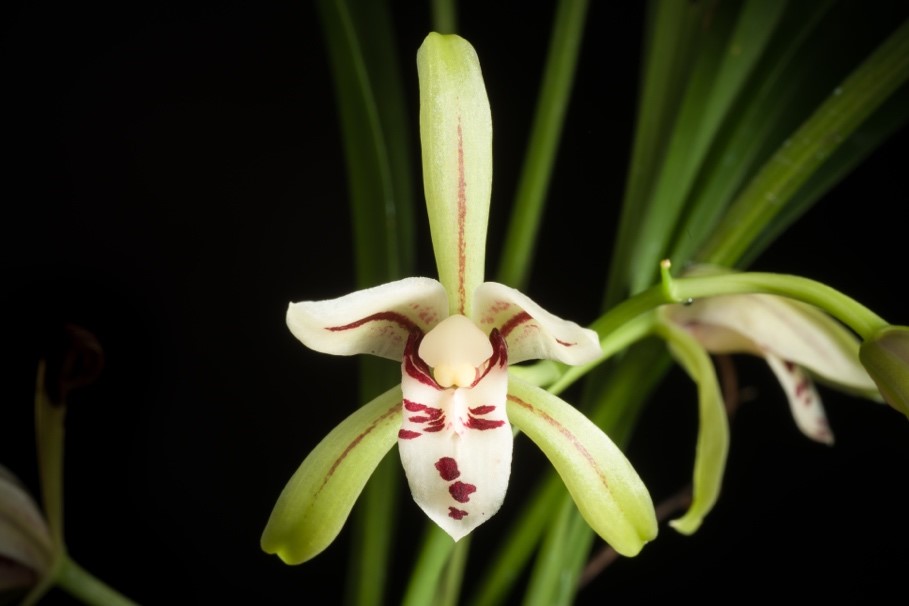Free Courses Sale ends Soon, Get It Now


Free Courses Sale ends Soon, Get It Now



Disclaimer: Copyright infringement not intended.
Context
Details
Characteristics and Significance
Research Wing's Achievements
Chopta Valley
Orchids: Exquisite and Diverse Flowering Plants
Rich Diversity
Unique Floral Structure
Pollination Strategies
Epiphytic Lifestyle
Mycorrhizal Relationship
Economic Importance
Conservation Concerns
Orchid Cultivation
Symbolism and Culture
Conclusion
The discovery of Cymbidium lancifolium in the Chopta valley is a significant contribution to the understanding of the rich biodiversity of Uttarakhand's Western Himalayan region. It highlights the need for continued efforts to explore and conserve the diverse flora and fauna of this ecologically important area.
|
PRACTICE QUESTION Which of the following statements about Cymbidium lancifolium is correct? 1.Cymbidium lancifolium is an aquatic weed native to Central and South America. 2.The discovery of Cymbidium lancifolium was made in the Western Himalayan region of Uttarakhand, particularly in the Chopta valley. 3.Cymbidium lancifolium is primarily known for its tiny yellow flowers and is commonly cultivated for ornamental purposes. a. Only statements 1 and 2 are correct. b. Only statements 2 and 3 are correct. c. Only statements 1 and 3 are correct. d. All of the above statements are correct. Answer: b |
© 2024 iasgyan. All right reserved